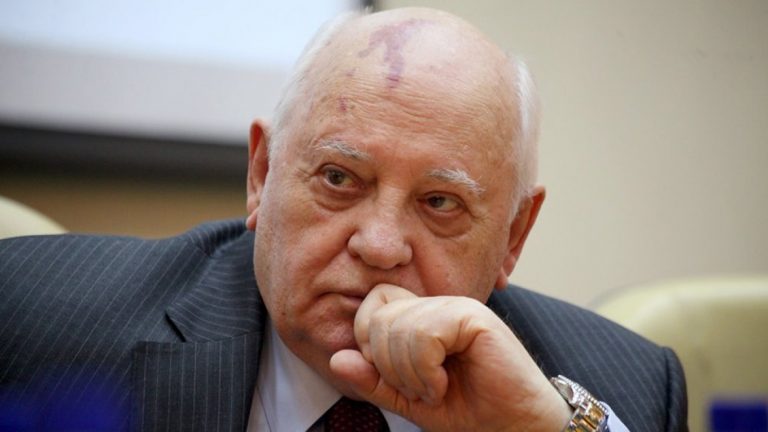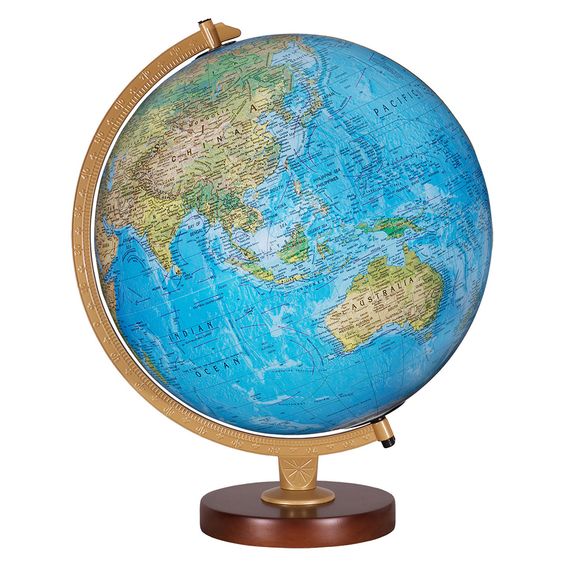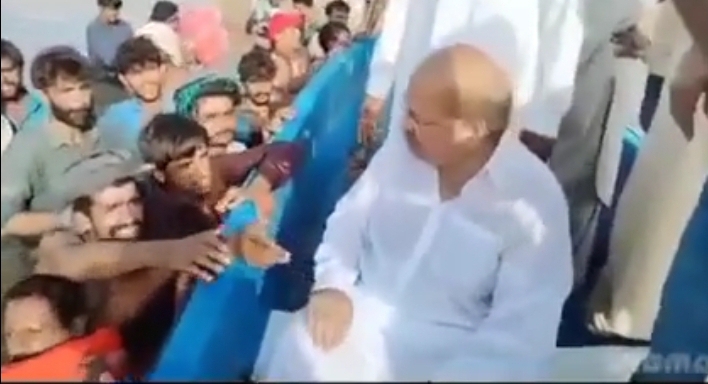
Russian President Vladimir Putin has refused to attend the funeral of Mikhail Gorbachev.
By Tom Arms
Mikhail Gorbachev is an object lesson in the dangers inherent in moving a corrupt, highly-centralized autocratic government in which the individual is a servant of the party and state to a fairer and more open society in which the state is the servant of the people.
That is not to detract from Gorbachev’s greatness. His policies of perestroika and glasnost helped to bring an end to the Cold War. But it also opened the door to the rise of dangerous Russian nationalism and Vladimir Putin.
Gorbachev did not set out to topple the Soviet empire. He was a true believer who was convinced that communism was the path to political nirvana. His mentor was Mikhail Suslov whose primary role was to keep the Politburo on the ideological straight and narrow.
The problem was that the Soviet Union of the 1980s was not communist. It was a planned economy with the financial levers in the hands of the Party. But even more so, it was a corrupt, oppressive geriatric oligarchy with a rapidly failing economy that was unable to support its military establishment and political control of Eastern Europe.
The “Era of Stagnation”—As Gorbachev dubbed it—started in the mid-1970s under Leonid Brezhnev with a clampdown on human rights and emphasis on heavy industry and the military establishment. Soviet consumers were ignored. Between 1975-1985 the Soviet economy grew at a miserly average rate of 1.8 percent a year. The income of Soviet man dropped. Bribery, long queues and shortages were endemic. The state-controlled media and statistical bureau reported the exact opposite. Everyone knew they lied.
The exception to this economic plunge was the Party faithful. They were allowed to buy Western consumer goods in special hard currency shops and the Politburo were chauffeured from office luxurious dacha in Zil limousines.
When Brezhnev died in November 1982 there was a power struggle between the reformist wing led by Yuri Andropov and the old guard led by Konstantin Chernenko. Andropov won and then died 15 months later. Chernenko succeeded him only to die after just 13 months in the top job. The hierarchy swung back to the reformist wing and Mikhail Gorbachev.
Gorbachev immediately announced that he wanted to improve living standards and political freedoms and was prepared to cut non-productive military expenditure to achieve those aims. His policies were summed up by the terms perestroika (economic restructuring) and glasnost (political and social openness). The economy was decentralized, incentive schemes were introduced for workers and managers and state subsidies reduced along with Soviet aid to satellite countries. Nuclear arsenals were reduced and Soviet troops were pulled out of Afghanistan.
Reduced subsidies in Eastern Europe were accompanied by increased freedoms—political and economic– in the hope that increased productivity would replace the need for handouts. But it only created a taste for more Gorbachev was easing the lid off the pressure cooker which his predecessors had kept tightly bolted in place. The boiling discontent it had contained very quickly blew it off.
In April 1989 the border between Hungary and Austria was opened and 50,000 East Germans drove across it on the way to West Germany. The iconic Berlin Wall had become redundant and on 9 November 1989 it came toppling down. Over the next two years the wall was followed by one communist government after another, culminating in the formal end of the Soviet Union on 26 December 1991.
As well as being an object lesson on how not to democratize a dictatorship, the collapse of the Soviet Union was an instruction in the law of unintended consequences. For decades the West beavered away at undermining the Soviet Union. Understandably so. Moscow made it clear that the Cold War was a them or us, win or lose, situation. The West won. The former Soviet satellites secured their independence and most of them moved into the Western camp.
The Russian rump (which is still the biggest country in the world) crumpled into chaos. In an attempt to rescue the economy, Gorbachev’s successor Boris Yeltsin, sold off Russia’s vast natural resources at bargain basement prices to an unholy coalition of ex-KGB men and organized crime. What emerged from the political vacuum was a Western nightmare of a kleptocracy fuelled by anti-Western ultra-nationalism which mirrors the rise of Nazi Germany from the ashes of World War I.
Mikhail Gorbachev, meanwhile, is revered in the West for his part in ending the Cold War and reviled in the East for losing it. The poster boy of a resurgent Russia, Vladimir Putin, has refused to attend his funeral.
 World Review
World Review
- Who are the MAGA Republicans that Biden claims are threatening American democracy? For a start they support the cult of Donald Trump and cults are antithetical to democratic values. Next they propagate the lie that Trump won the 2020 presidential elections. And unless an estimated 40 million voters drank a hallucinogenic Kool-aid they know that Trump is lying. Or alternatively, America is facing a major mental health problem. Finally, they feel so threatened by the values and policies of the Democratic Party that they are prepared to jettison truth, the rule of law and a much-revered constitution in the pursuit of power. The current battle ground for what Biden has dubbed the “soul of America” is the mid-term elections to the Senate in House in two months’ time. His threat to democracy speech this week at Independence Hall in Philadelphia was Biden’s opening salvo in the campaign. Only a few months ago the received political wisdom was that the Democrats faced a drubbing at the polls and the likely loss of both houses of Congress. But that was then. In the intervening period Biden has proved himself a legislative mastermind by pushing through his economy and climate change package. Missing top secret papers have been found at Trump’s Mar-a-Lago hideaway. Support for the Ukraine war has grown. Abortion has become an election campaign with polls indicating most voters favoring controlled termination. Inflation has stalled and gasoline prices tumbled. Sleepy Joe has woken up, come out fighting and rapidly climbed five percentage points in the opinion polls. Trump backers are, however, standing firm. In fact, every attack on the ex-president and every legal investigation is greeted with cries of “witch hunt” and “conspiracy.” The MAGA squad have invested too much in the cult of Trump. They cannot afford to fail and are likely to resort to increasingly desperate claims and acts. This should be one of the most interesting US mid-term elections ever.

Manzoor Wassan, one of the provincial ministers of Sindh province of Pakistan, while sailing in a boat in a flood zone advising the marooned people to enjoy the floods like the people do in Venice, a city in northeastern Italy built on a group of 118 small islands that are separated by canals – What a cruel joke. Two thousand-plus dead so far. More rain. More death. More destruction to come. Baked mud homes returned to mud and washed away. A bill which so far is expected to easily surpass $10 billion. Pakistan’s monsoon floods are a humanitarian disaster and another climate change warning. They are also the likely harbinger of major political and economic dislocation in a strategic and unstable region at a time when the rest of the world can least afford it. Pakistan and Afghanistan are joined at the tribal hip. Pashtuns in both countries have flowed back and forth across the border for centuries and Pakistan has been heavily involved in supporting their Afghan cousins. Pakistan’s Pashtuns will now be absorbed with repairing the monsoon damage and unable to spare time or money for the millions starving in Afghanistan. Pakistan’s civilian governments are notoriously inept at handling crises. When faced with disasters they tend to turn to the army which demands payment in increased political power. There is not much money to pay for reconstruction. The country is heavily in debt to China which must be concerned about damage to the highway infrastructure it financed and its key port at Gwadar. Beijing will want to protect its investment but might exact a charge for doing so. Not only is Pakistan heavily in debt, but 25 percent of GDP is agricultural products. Most of the farms are along the Indus River Valley and currently under a 10-kilometre wide lake. The country will be unable to feed itself let alone export and the war in Ukraine has pushed food prices to intolerable levels. The UN has asked for $160 million in urgent humanitarian aid to help 1.2 million displaced by the flood waters. But it comes at a time when Western aid budgets are stretched to the limit with inflation and war. Finally, there must be a fear that India’s resurgent Hindu nationalism will tempt Delhi to exploit the floods to achieve gains in disputed Kashmir.

This is how Sindh Minister Manzoor Wassan treats the poor people in flood zone. - China doesn’t dare invade Taiwan. And the United States doesn’t dare send in the troops to defend it. The reason has nothing to do with the military prowess of either Beijing, Washington, or for that matter, Taiwan. It has everything to do with the peacekeeping attributes of globalization and Taiwan’s lock on the semi-conductor or computer chip industry. In today’s computer-driven world, semi-conductors are THE vital component in everything from cruise missiles to the braking system of the family car to the smartphone in your pocket. A severe shortage of semi-conductors would cause major global economic dislocation. In fact, the recent covid-induced supply chain bottlenecks forced several multinational car manufacturers to stop production because of a global shortage of computer chips. If there is a war over Taiwan then troops will fight in Taiwan. If troops fight in Taiwan the island’s computer chip industry will be severely disrupted at best and obliterated at worst. The Chinese and Americans wouldn’t be able to fire their artillery at each other. About half of the world’s semi-conductors come from Taiwan and almost all of them emerge from the premises of the Taiwan Semi-Conductor Manufacturing Company (TSMC) in Hsinchu in the northwest corner of Taiwan. Small is beautiful in the computer world and TSMC and its next nearest competitor Samsung in South Korea are the only two companies capable of manufacturing 5 nanometer chips. Later this year TSMC will become the only company in the world to produce a 3 nanometer chips. Both the US and China are trying to boost their production of semi-conductors. China is being hampered by US reluctance to allow the export of chip technology that will enable China’s Semi-Conductor Manufacturing Industrial Corporation to increase production and move onto the next generation. Last month President Biden signed the bi-partisan CHIPS Act which provided $52 billion investment money in the US semi-conductor industry. The stated purpose was economic security for this vital industry, especially in regards to China. But in practice the CHIPS Act could make America less secure by freeing up America to fight in Taiwan. As for Taiwan, their best deterrent is Mutually Assured Destruction (MAD) of America and China that would occur if the TSMC foundries stopped turning out computer chips.
____________________
 Tom Arms is the foreign editor of Liberal Democrat Voice and is currently working on a rewrite of his Encyclopedia of the Cold War.
Tom Arms is the foreign editor of Liberal Democrat Voice and is currently working on a rewrite of his Encyclopedia of the Cold War.
[The views expressed by the author are his personal and do not reflect the editorial policy of Sindh Courier]